I hope you all had a fantastic Christmas and New Year. Personally I had a great time with lots of Family events, drinks with friends and even managed to squeeze in a few boardgame nights.
Attention is now turning to our big annual weekend game. For the last couple of years I have turfed Mrs Shed out of the house and set up a mega table in the warmth of our Dining room. (the Shed is too cold to frequent at the moment)
Last year we fought Hastings and the previous year we fought Isandlwana/Rorkes Drift. This year we are turning our attention to another historic battle of history - the first battle of Newbury in the English Civil War.
As best we can we will play the
battle using a custom built table with the right topography, the named regiments, and as best we can fathom the starting deployments of the battle..
Ultimately this gives me the opportunity to focus on a singular subject for a few weeks.
As mentioned above we are going to be
re-fighting the first battle of Newbury. Fought during the English Civil War the
battle serves as a pivot point between the fortunes of the Royalist and
Parliamentarian cause.
With defeat at Newbury in
September 1643 the Kings cause was very much on the back foot whereas had he of
prevented Lord Essex’s retirement to London history might have been very
different.
In the following blog post you will read that the forces at
Newbury were evenly matched but their force composition differed. In summary, cavalry were
more numerous in the King’s army whereas Parliament held the advantage of
infantry numbers.
Using the Pike & Shotte rules from Warlord Games I have tried to accurately recreate the forces present by describing the regiments as either small, standard or large. More on this later on.
My research material has come from a variety of sources (namely google, the British Civil War website and these books.
The Table:
As per Hastings last year it is
my intention to build a table in the kitchen that will probably be around 6ft x
12ft in size. This will reflect the battlefield running north south as
illustrated in the picture below.
The actual battlefield is around 2
miles by 4 miles in size.
On the map below I have outlined the scale using the black and yellow boxes to define quarter mile sections.
The map was then rotated and subdivided into foot squares as illustrated below
Using these grids as a template I was able to transfer the contours (green lines) of the battlefield onto a large slab of polystyrene (8ft x 4ft). Then using a hot wire foam cutter the topgraphy of the battlefield starts to take shape.
The raised hill area in the top left denotes Round hill - the highest point on wash common where the bulk of the fighting took place.
In the picture above you can just make out the gridlines. Unfortunately the 8ft slab was not quite deep enough so off cuts were used to finish off the raised area.
This raised battlefield will eventually be covered in the green throws - only then will I dress the battlefield. Experience has shown us that once the terrain and troops have been added the slopes will become much more evident.
The North and south
flanks of the battlefields will be defined as the river Kennet and the En brook.
The Stream running south north along the rear of the Parliamentarian force will
be fordable.
To the North along the banks of the Kennet will be an area
enclosed by fields – see map below
Other features such as the known Farms will feature and will
count as small built up areas.
All hedgerows and woods will count as light cover.
Elevation Scale
The height (according to topography maps) of Wash common rises to around 400ft (peaks at 433ft) and this drops away to an altitude of 266ft at the rivers Kennet and Enborne. That is an approximate elevation of around 150ft that needs to be reflected at ground scale. Given the distance from the low ground to the highpoint on Wash common is about 1km we are seeing a gradual rise of about 50yds over this distance – approx. 5m every 100m (a ratio of 1:20). For this to be reflected accurately on the battlefield table the peak height of the wash common will need to be about 1 inch high.
This on the face of it doesn’t appear to be particulary daunting so the higher ground around the common will be about 2” (5cm) high – perfect for that slab of polystyrene !
Ground Scale - Ranges & Movement
As mentioned the
battle field will be 4 miles wide and 2 miles deep.
Using the measurements of the table we can calculate that ground scale will be 3ft to one mile on the table. Or the equivalent of 1” = 50 yards
Given that the Pike and Shotte rules allow musket fire out to 18” (equivalent of 900 yards for this game) this range scale does not work.
I have therefore decided to reduce all movement and ranges by 33%. This does mean that troops won’t be firing at one another until they are 12” away from one another and that close range will now be reduced to 4.
To reflect the ranges I have
decided that we will adopt the following for all musket fire.
Range
|
|
Close – up to 4” (200yds)
|
3+ to hit
|
Effective – up to 8” (400yds)
|
4+ to hit
|
Long – up to 12”(600yds)
|
5+ to hit
|
Please note that these ranges are
still somewhat longer than the historic ranges and probably afford greater accuracy of these weapons than due
but to shorten them any further would lengthen the time to play the game considerably.
A note on artillery ranges
A Demi Culverin (medium Cannon) had an effective range of
1800feet/600 yards (source: http://www.horsmonden.co.uk/history/furnace/types-of-cannon/
Using the effective range of the Demi Culverin (medium cannon) as a guide this would give it a game range of 12”. The effective range in the rules is 18” so again all Artillery ranges will be subject to the 33% reduction
All ranges will feature on the players aids that I will provide on the day.
Movement
I have also played around with the movement rates of troops for
the game
To keep things simple units can adopt one of two formations,
they are either formed in battle line or in column of march.
The latter will afford these units significant benefits in
speed and the +2 command modifier. However changing formation within a move is
NO longer a viable option.
A unit commanded to change formation must spend its entire
move to do so regardless of how many orders they succeed.
Unit
|
In Battle Formation
|
In Column
|
Infantry
|
4”
|
6”
|
Cavalry
|
8”
|
12”
|
Artillery
|
4”
|
6”
|
Reports from the battle suggest
that reserves were fed onto the battlefield by the numerous roads and tracks in
the area. Troops using roads must be in Column formation and if on a road/track
they will receive a further +1 command roll.
The Hedgerows on the battlefield
were defined as relatively tall and dense. Traversing a hedgeline will take a
complete move.
Hedgerows themselves will afford
the defenders a +1 morale sale for light cover and negate any charge bonus for
attacking troops.
Hills/Slopes offer no cover bonus
but troops attacking uphill will lose any charge bonus
Initiative:
Initiative on the table will be
maintained at 6” for all troop types
In part 2 I'll share the orders of the battle and how these were created.
Part 2 can be found here
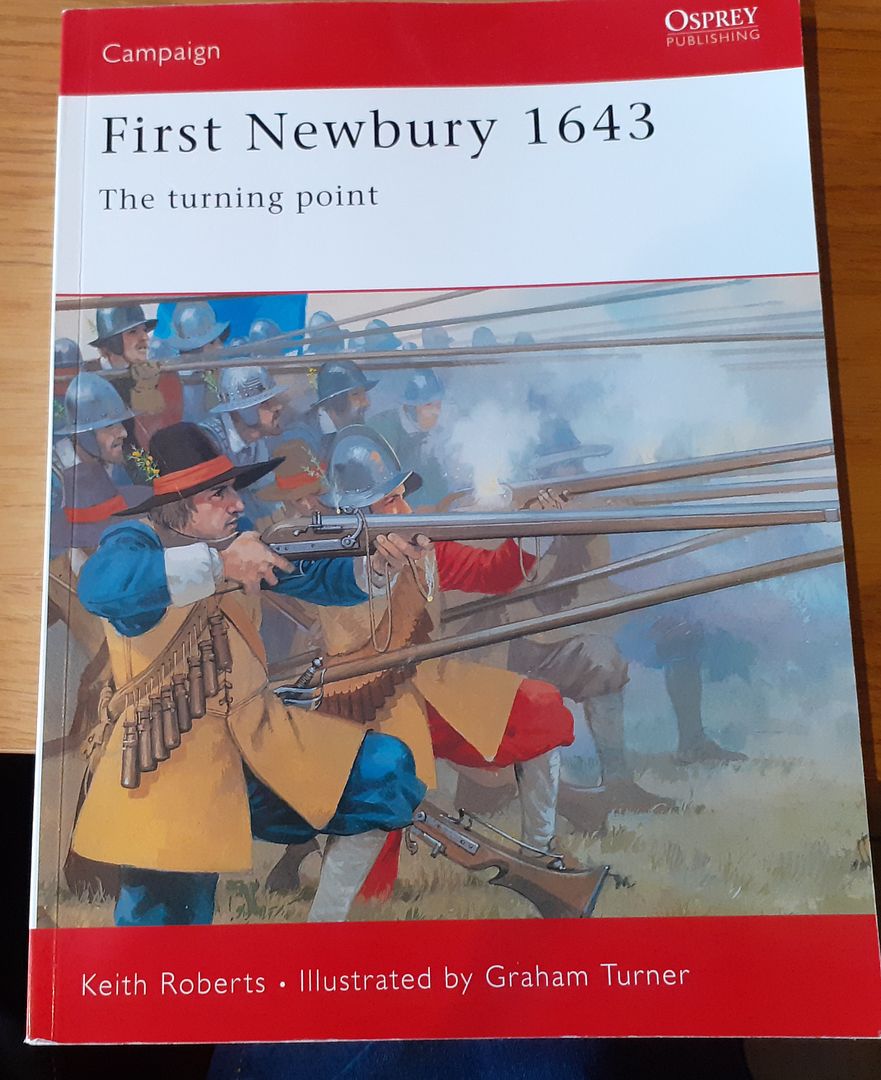
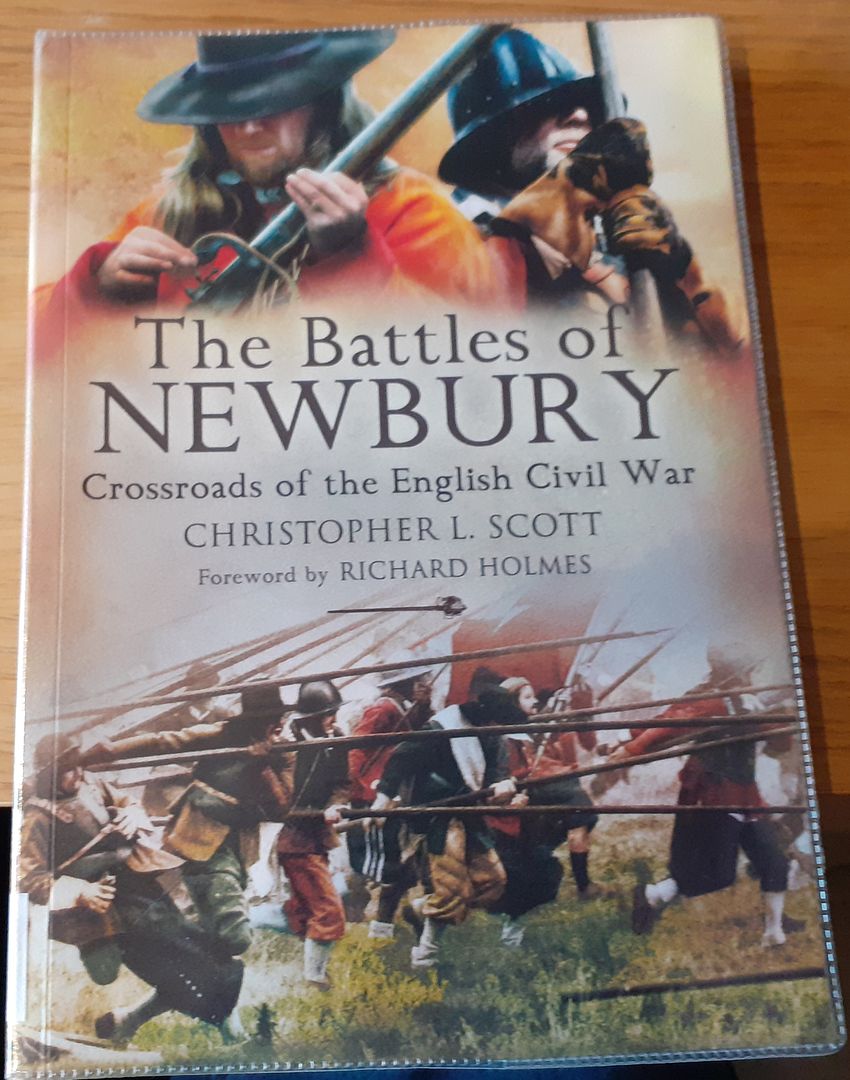
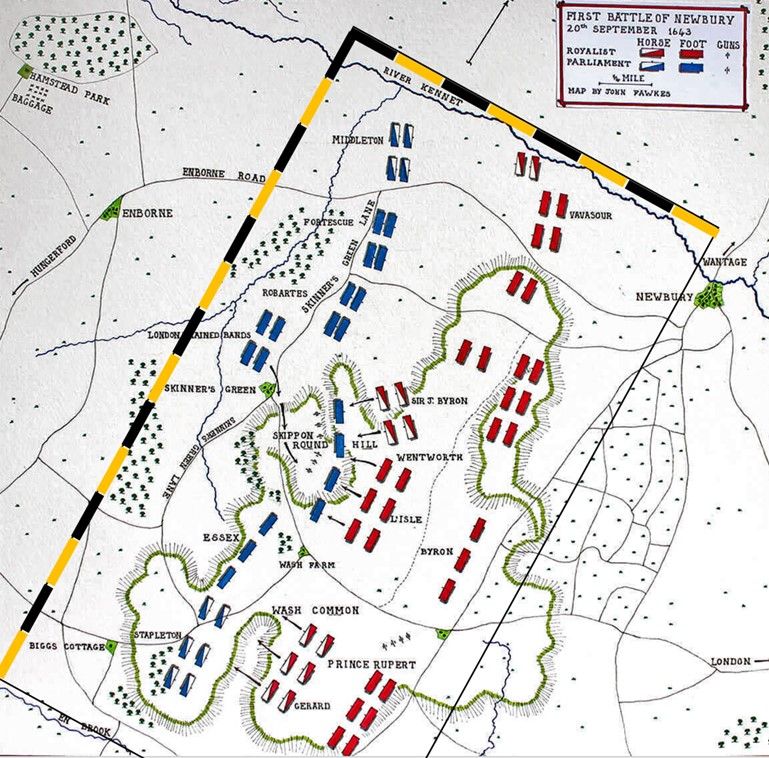
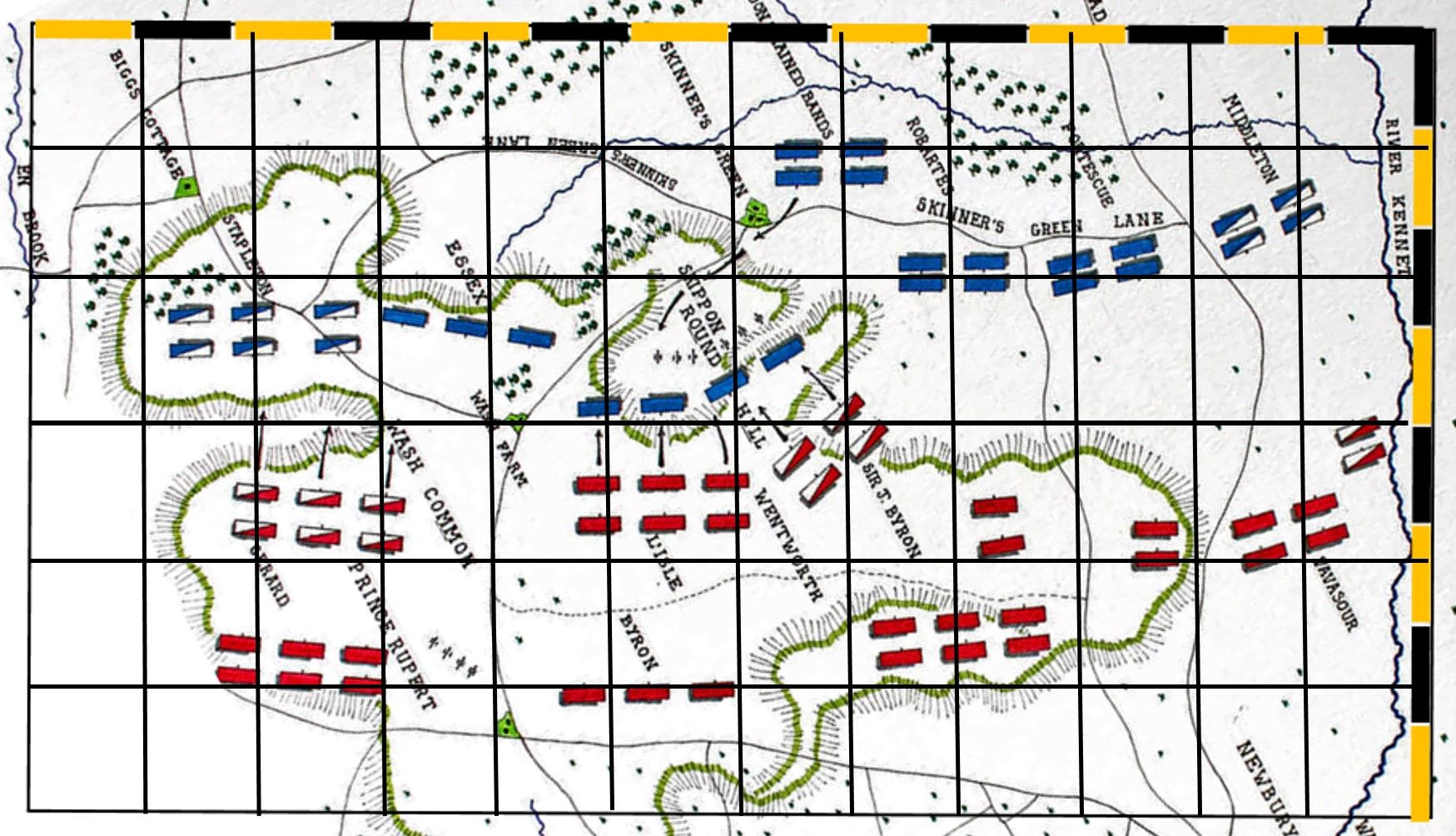

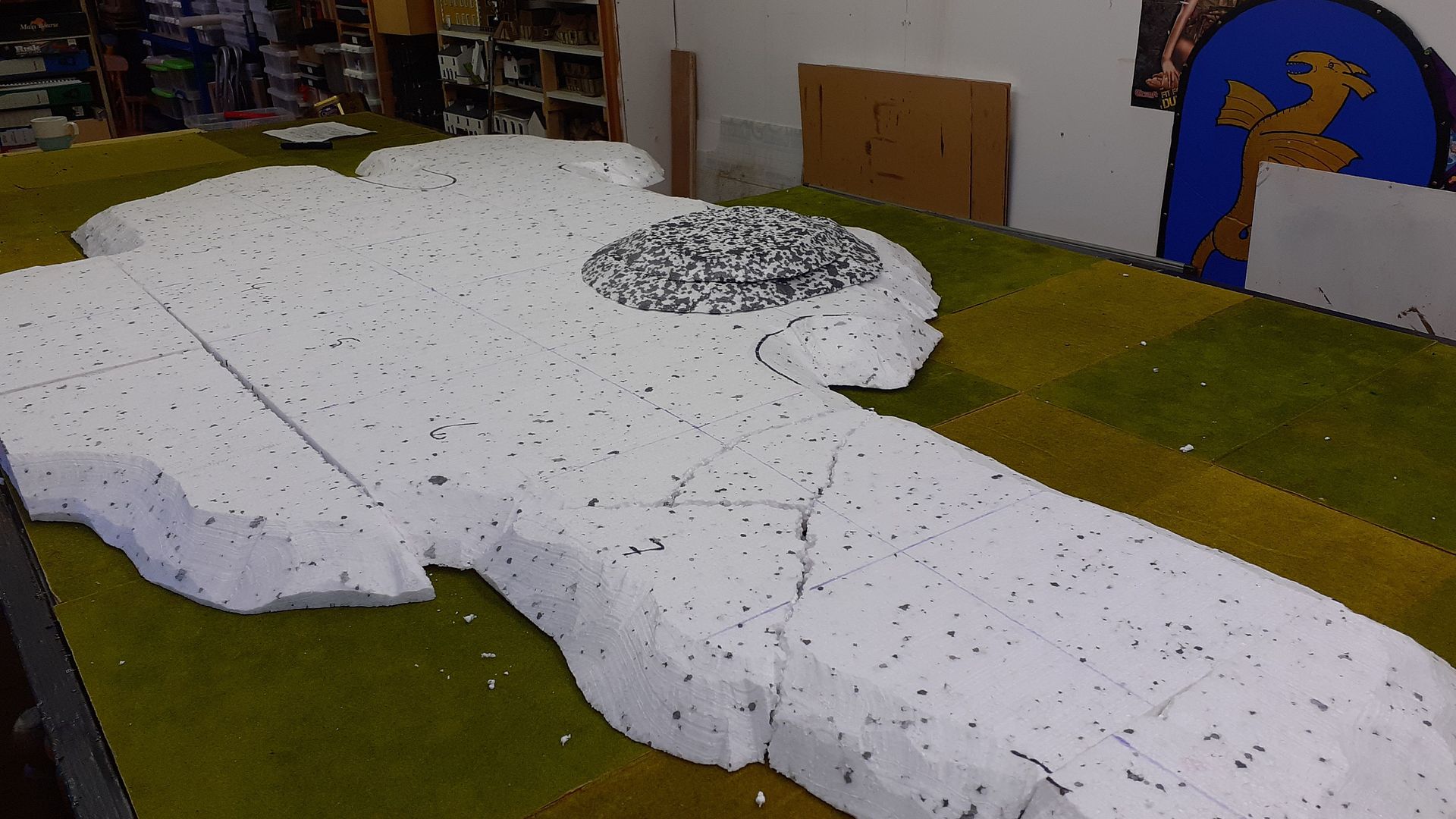

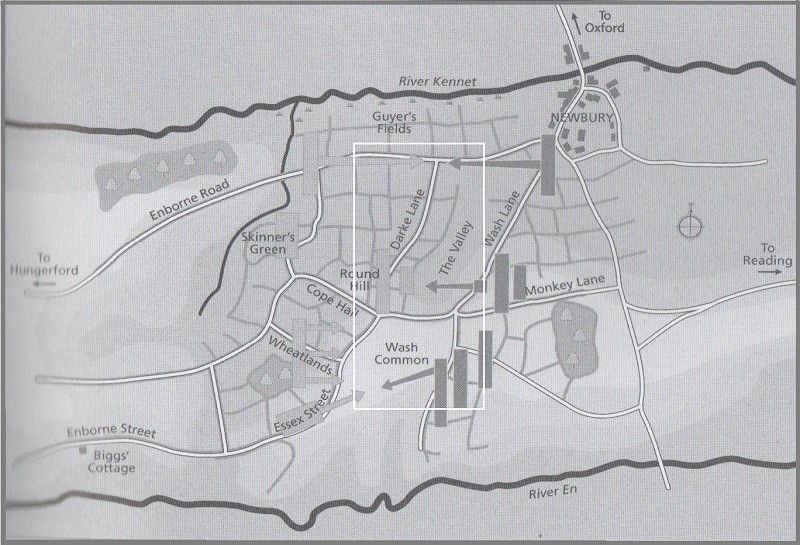
A grand project! I look forward to seeing it unfold towards battle.
ReplyDeleteExcellent mate, the table will be ver interesting to see when complete!
ReplyDeletelook forward to the battle reports
Cheers
Matt
Very nice post, quite the resource.
ReplyDeleteFantastic! As we are engaging in an ECW campaign this year and will be using Pike and Shotte I am fascinated to see how this game plays out.
ReplyDeleteA great start - looking forward to all your wargaming accomplishments for the next year :-)
ReplyDeleteLooking interested to see the armies on the battlefield
ReplyDeleteThis comment has been removed by a blog administrator.
ReplyDeleteLooking forward to the game report.
ReplyDeleteOnly problem I see is at those ground scales a pike and Shotte regiment will have a frontage of about 600 metres which seems to be about three times the scale it should be
ReplyDelete